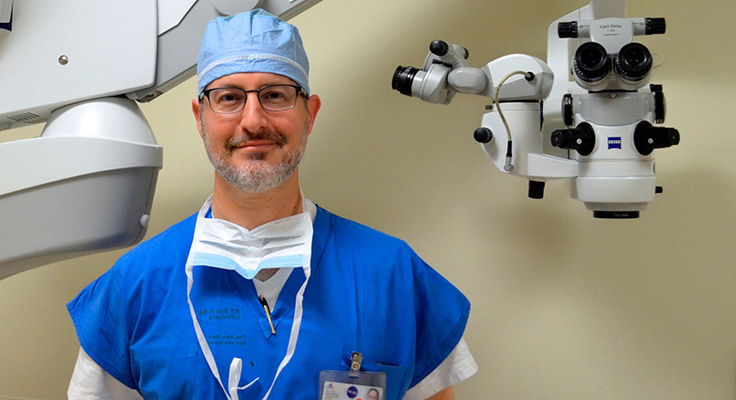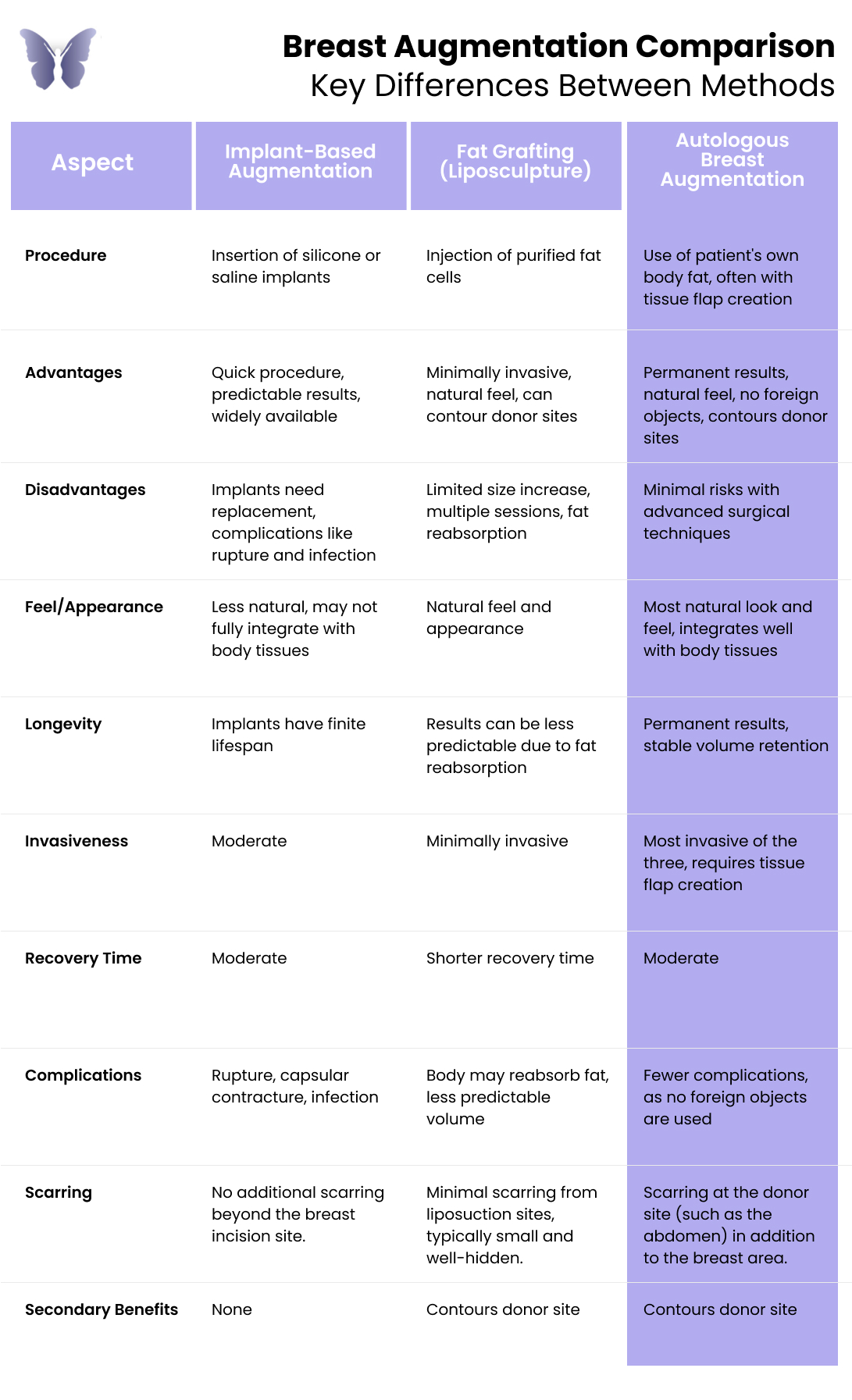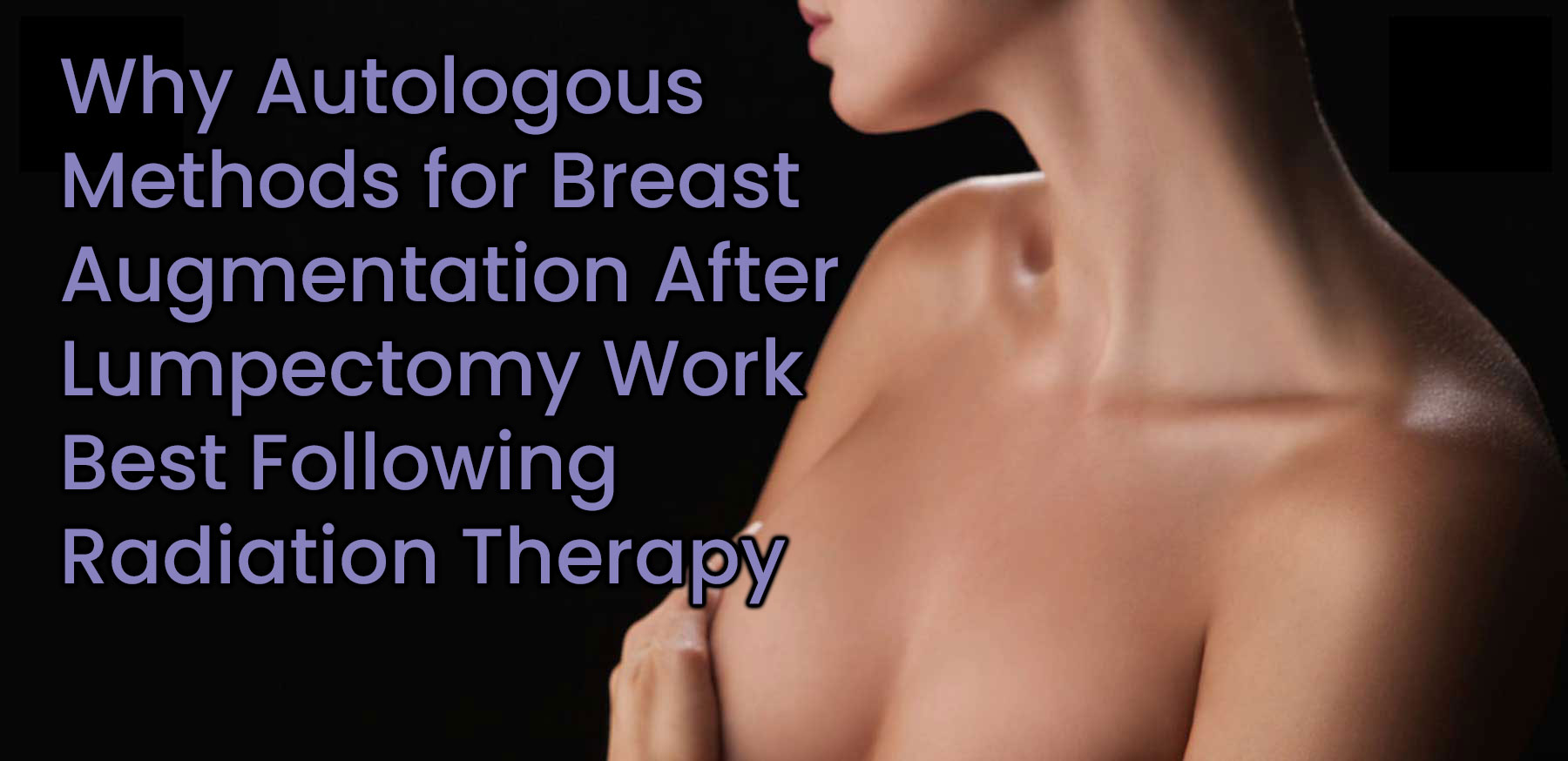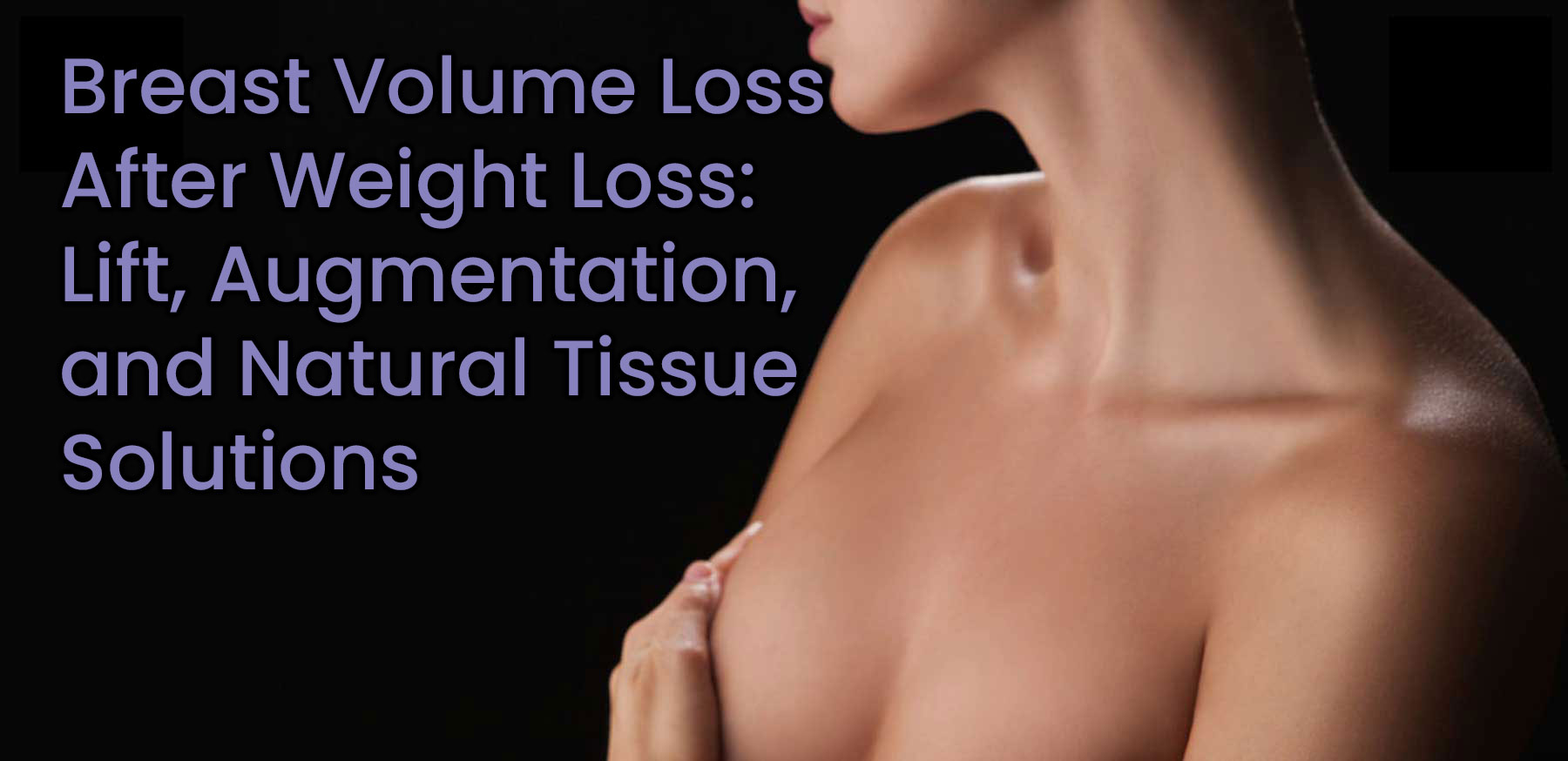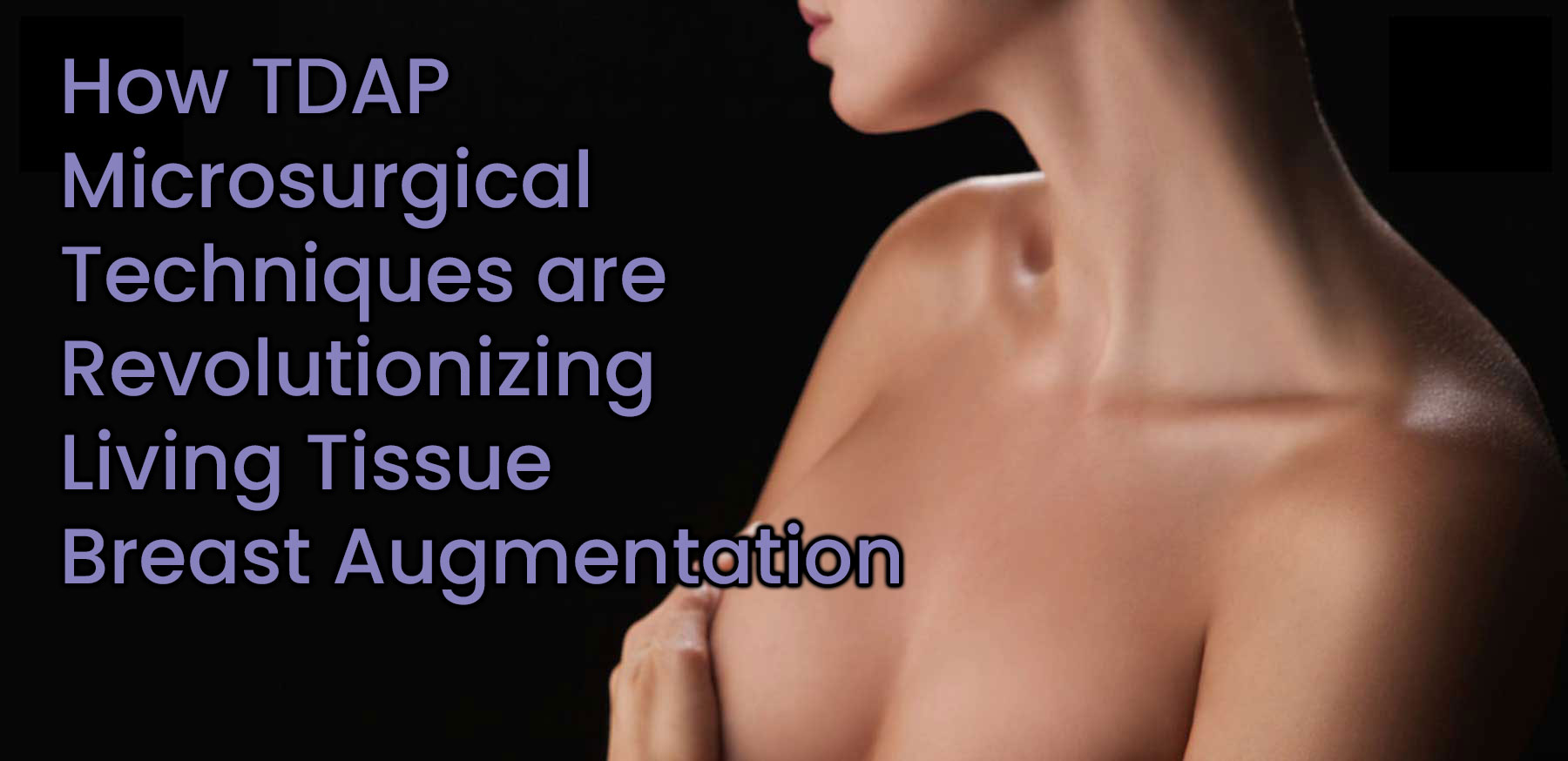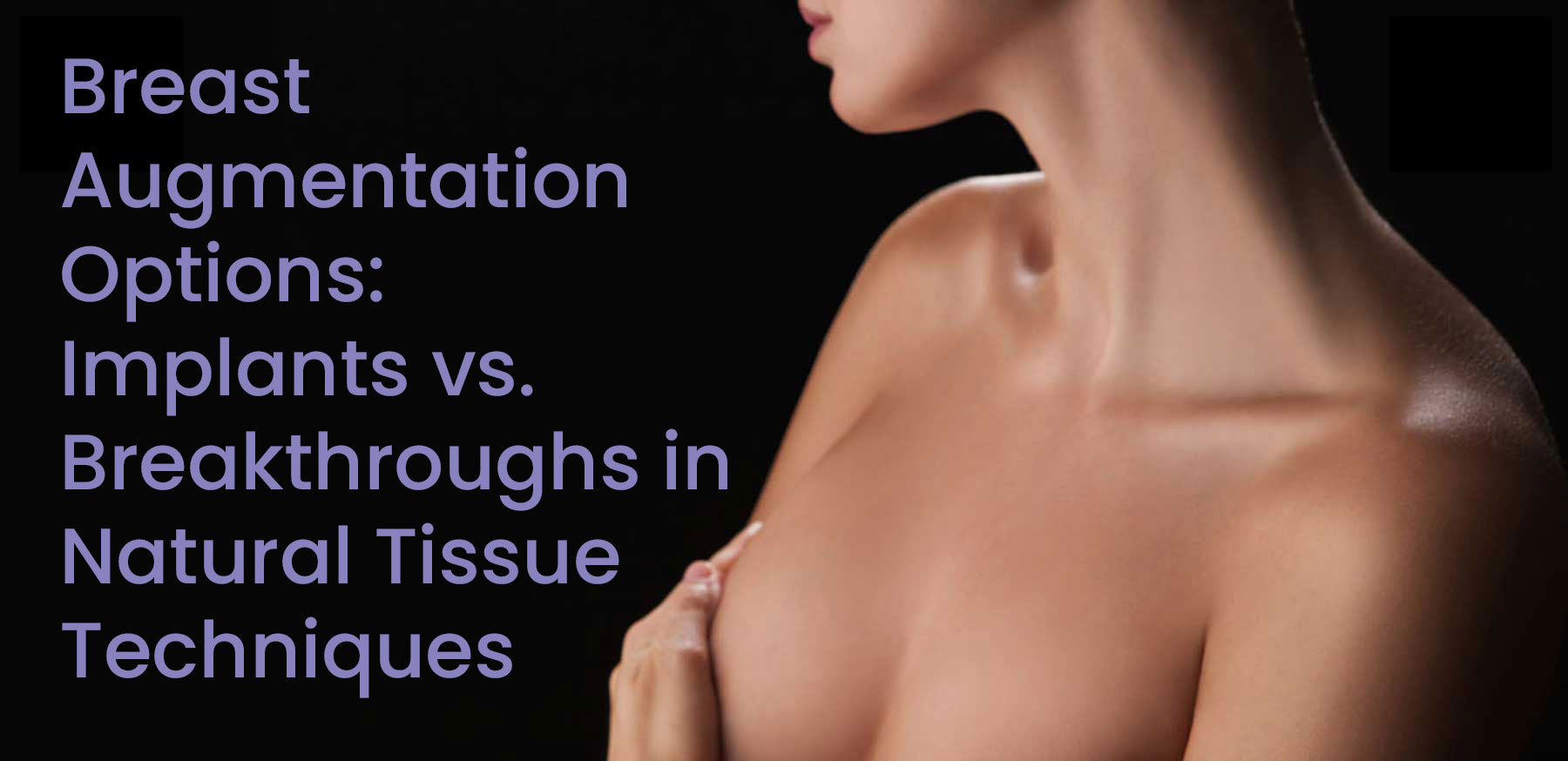Overview
Autologous Natural Tissue Breast Augmentation:
All-Natural Breast Enhancement
This page examines the advantages of autologous natural tissue breast augmentation, which uses your own tissue for a more natural and long-lasting enhancement. We will compare this method with fat grafting and implants, focusing on aspects like feel, longevity, and overall results. The aim is to provide a clear and detailed comparison to help you make an informed decision based on your individual needs and preferences.
What is Autologous Breast Augmentation?
Autologous augmentation is an advanced breast enhancement technique that uses tissue from your own body—typically skin and fat from a donor site such as the abdomen, thighs, or lower back—to restore breast volume and shape without implants.
This approach relies on perforator flap techniques, where tissue is carefully transferred along with its blood supply to provide long-term viability and a natural result.
Unlike fat grafting or liposuction-based methods, this is a microsurgical procedure performed by a reconstructive surgeon with expertise in flap-based breast surgery.
What Are the Benefits of Autologous Breast Augmentation Compared to Liposuction-Based Fat Grafting?
- Improved Volume Retention – Because perforator flaps carry their own blood supply, the transferred tissue is more likely to survive and maintain its volume over time, unlike fat grafting which often reabsorbs partially or unpredictably.
- More Significant Volume Restoration – Autologous flap procedures can transfer larger amounts of tissue in a single surgery, making them better suited for patients seeking a fuller result.
- Structural Support – Flap-based augmentation can provide shape and projection, while fat grafting alone may not provide the same level of contour or lift.
- More Comprehensive Procedure – While liposuction is less invasive, flap surgery offers a more definitive solution for long-term breast volume and shape.
What Are the Benefits of Autologous Breast Augmentation Compared to Synthetic Breast Implants?
- No Synthetic Materials – Uses your own natural tissue, eliminating risks associated with implant rupture, leakage, or capsular contracture.
- Lower Long-Term Maintenance – Unlike implants, which may need to be replaced every 10–15 years, autologous augmentation is generally a one-time procedure.
- More Natural Look and Feel – The result is typically softer and more integrated with the body than the firmer appearance of implants.
- Improved Body Contour – Tissue is often taken from the abdomen or flanks, offering a contouring effect at the donor site.
- Reduced Safety Concerns – Avoids long-term complications linked to implants, such as BIA-ALCL or the need for ongoing imaging to monitor implant integrity.
Continue Your Research
Articles on Autologous Augmentation
Autologous Breast Augmentation After Lumpectomy and Radiation Therapy
Dr. Levine’s approach to Breast Augmentation After Lumpectomy is a great fit for those who’ve had Radiation Therapy. It’s a safer choice because using your own tissue for the augmentation avoids the problems that implants might have in irradiated areas.
Breast Volume Restoration After Weight Loss: Lift, Augmentation, and Natural Tissue Solutions
Discover solutions for breast volume loss after weight loss with Dr. Joshua Levine’s expertise in natural tissue augmentation. This article details his methods for effective breast lift and augmentation. Read the full article or listen to the narration for practical insights and benefits.
Living Tissue Breast Augmentation: Introducing the Microsurgical TDAP Procedure
Explore the Living Tissue Breast Augmentation Procedure using the Microsurgical TDAP technique by Dr. Joshua Levine, a leading microsurgeon. Learn how this method offers natural, permanent results without the need for implants. Read the article or listen to the narration by Dr Levine.
Breast Augmentation Procedure Option Breakthroughs: Implants vs. Natural Tissue Techniques
Discover the latest in breast augmentation options with insights from Dr. Joshua L. Levine, a leading surgeon pioneering new techniques and developments beyond traditional implants. Explore how autologous methods offer advanced, personalized solutions for breast enhancement.
Dr. Joshua L. Levine, MD, FACS
Meet Dr. Levine, Advanced Autologous Breast Reconstruction Microsurgeon
“During my initial consultation, Dr. Levine made me feel at ease and safe; I immediately sensed his kindness, his empathy, his calm demeanor. I felt confident that I was in the best possible hands; his credentials and extensive experience speak for themselves but he also had a longstanding relationship with my breast surgeon who I trusted implicitly, and he came highly recommended.” – Patient Testimonial
Dr. Joshua L. Levine is a world-renowned microsurgeon in natural tissue perforator flap breast reconstruction. He has been pioneering advancements in the field of perforator flap breast reconstruction since the beginning of his career in 2004, and has completed over 1,700 successful reconstruction procedures.
With his advanced techniques in autologous flap breast reconstruction, such as stacked combination flaps, or utilizing the delay phenomenon in staged-immediate reconstruction, all women, no matter how thin and no matter what body type, are candidates for natural tissue, muscle-sparing, implant-free breast reconstruction.
Dr. Levine has developed dedicated natural tissue breast reconstruction centers throughout New York, New Jersey and Connecticut. He works with expert breast surgeons and has personally directed the advanced training of his surgical teams in state-of-the-art procedures at each of the centers.


